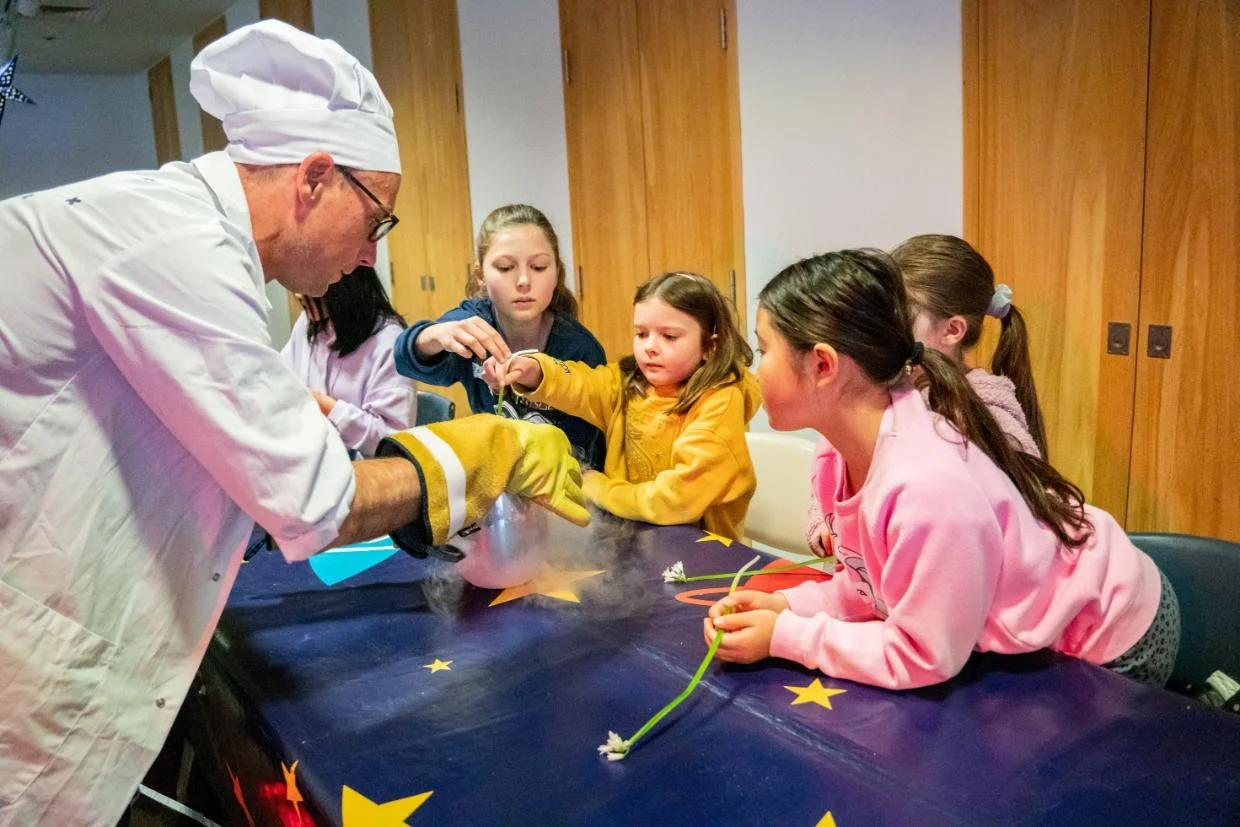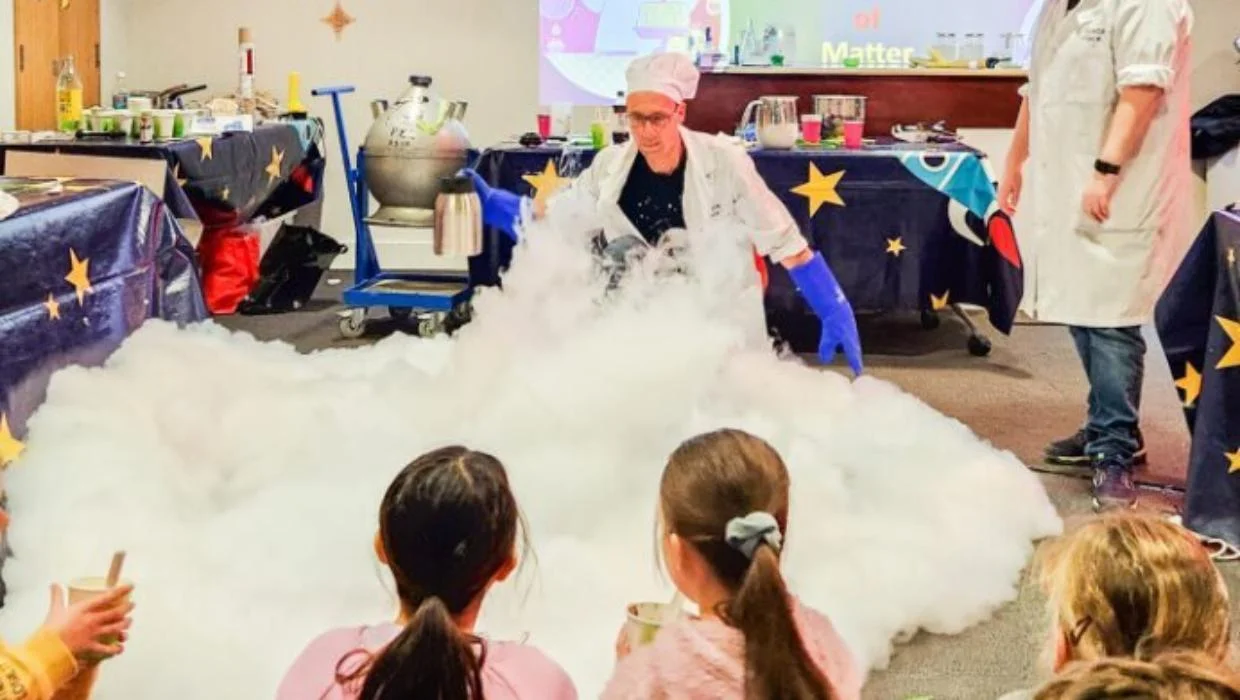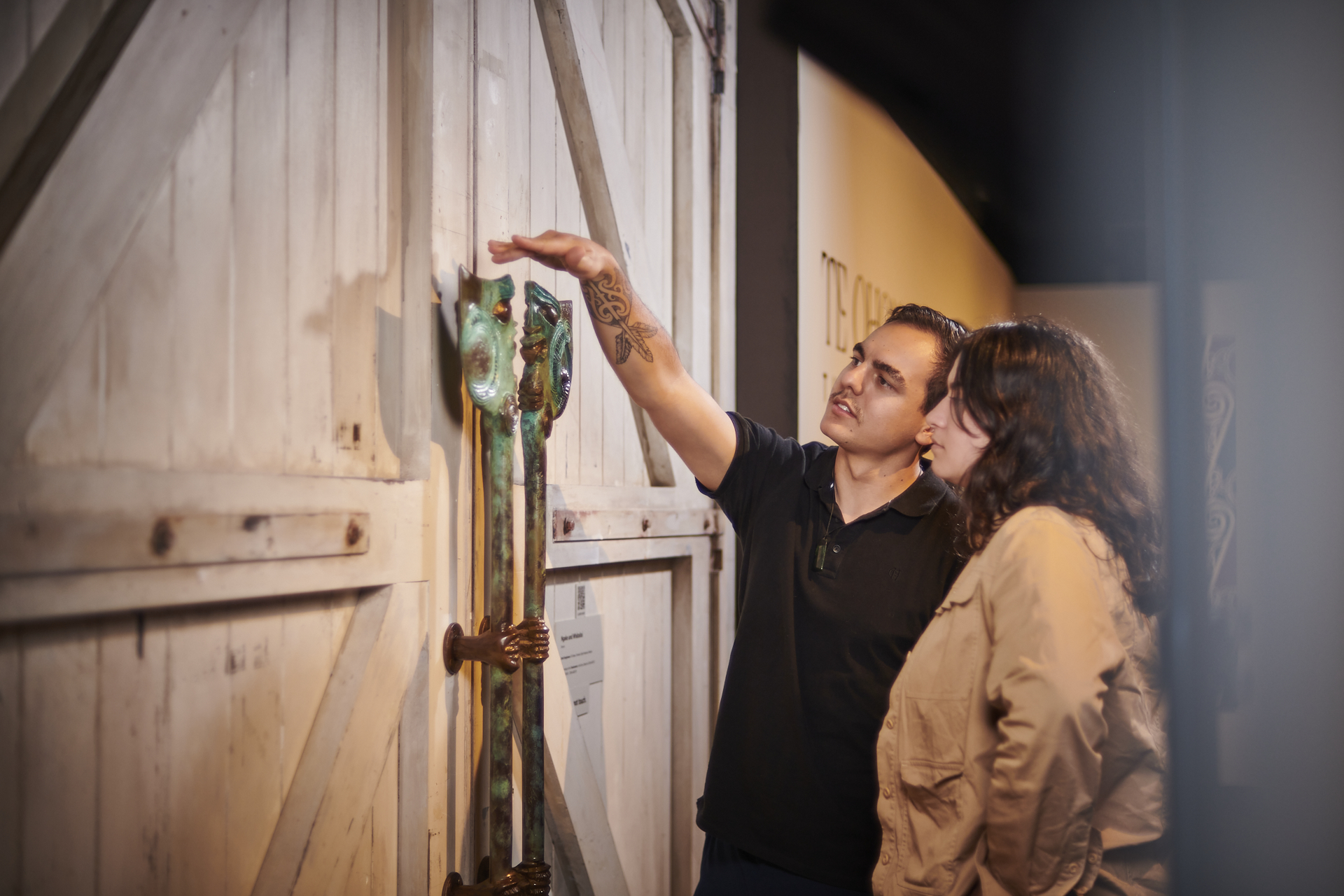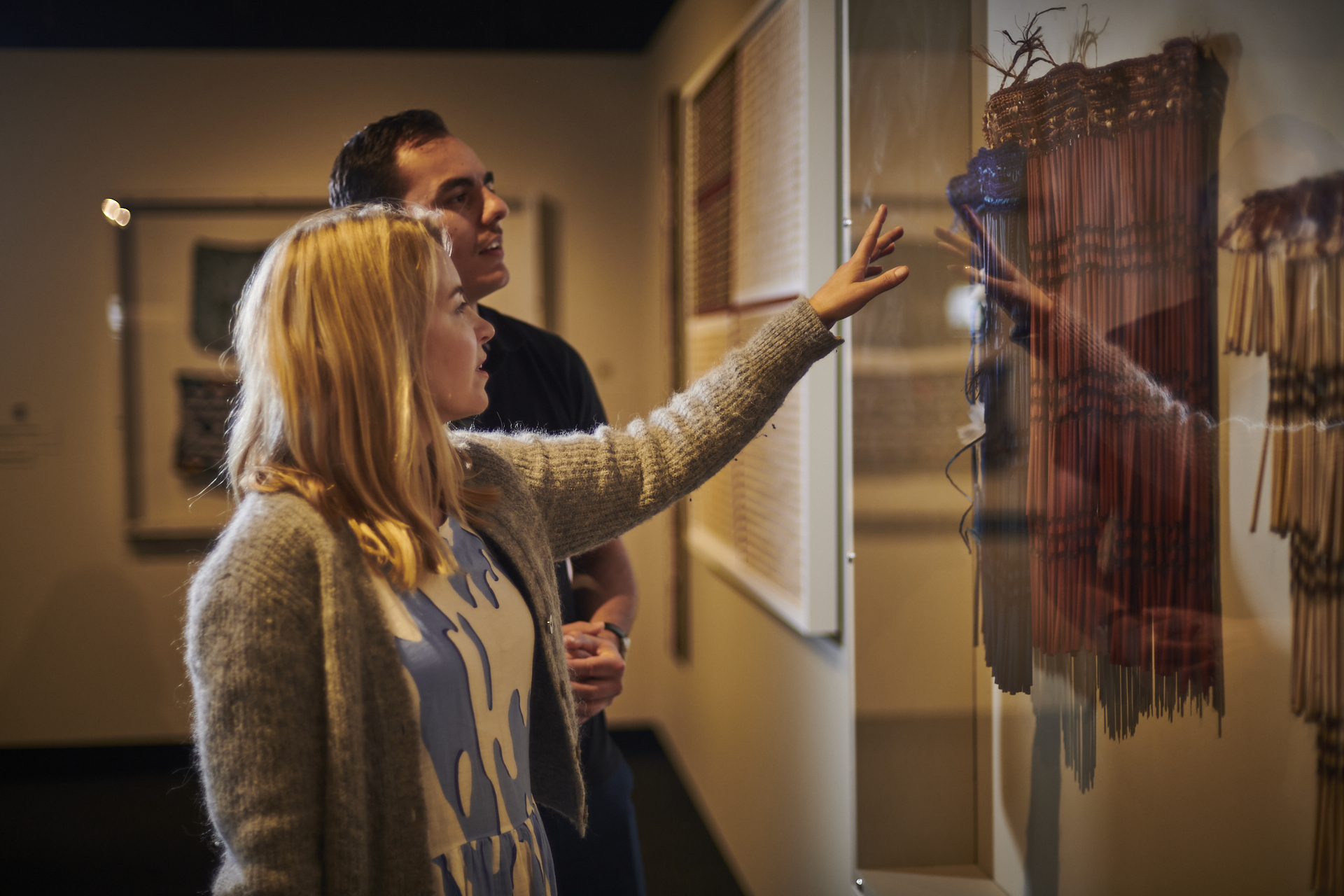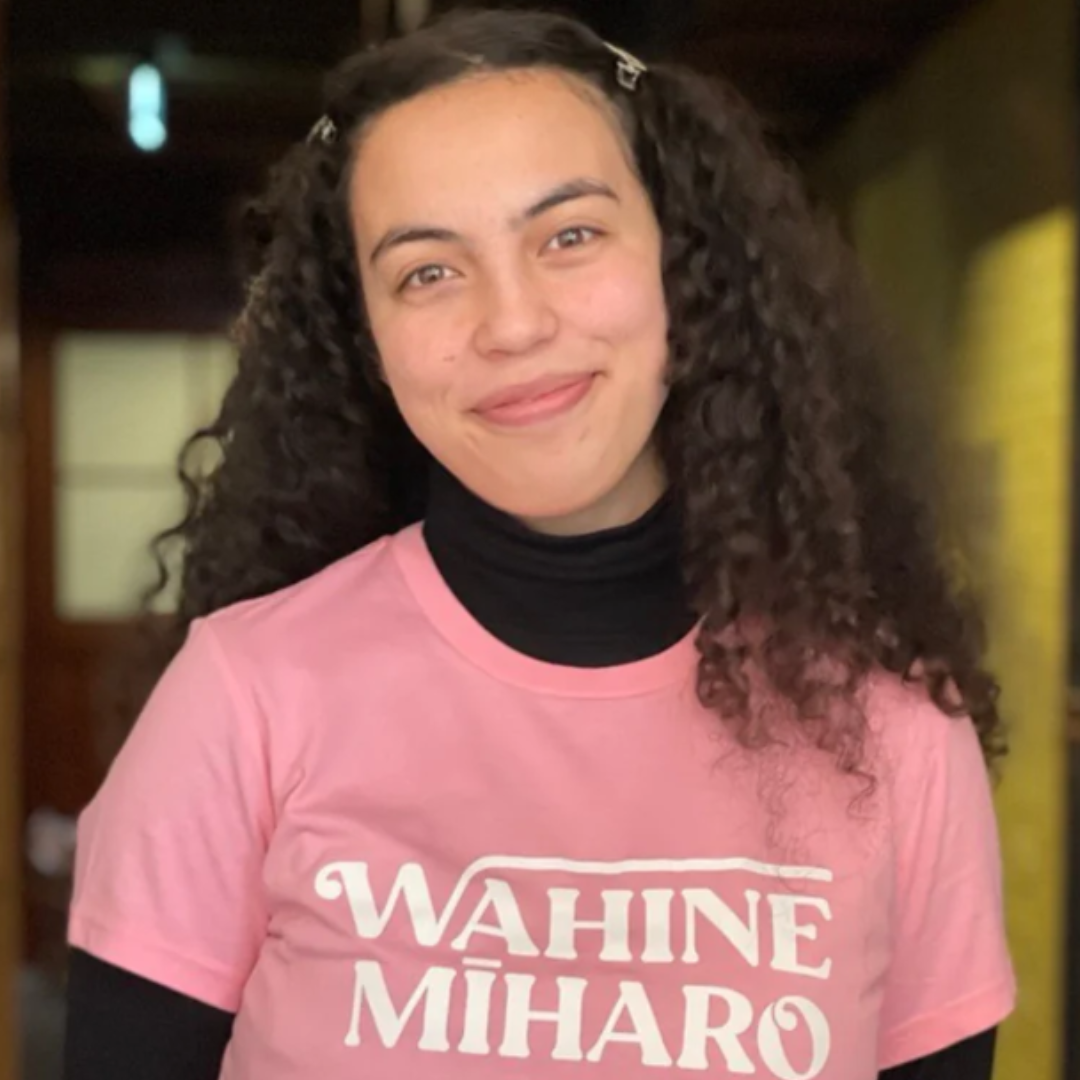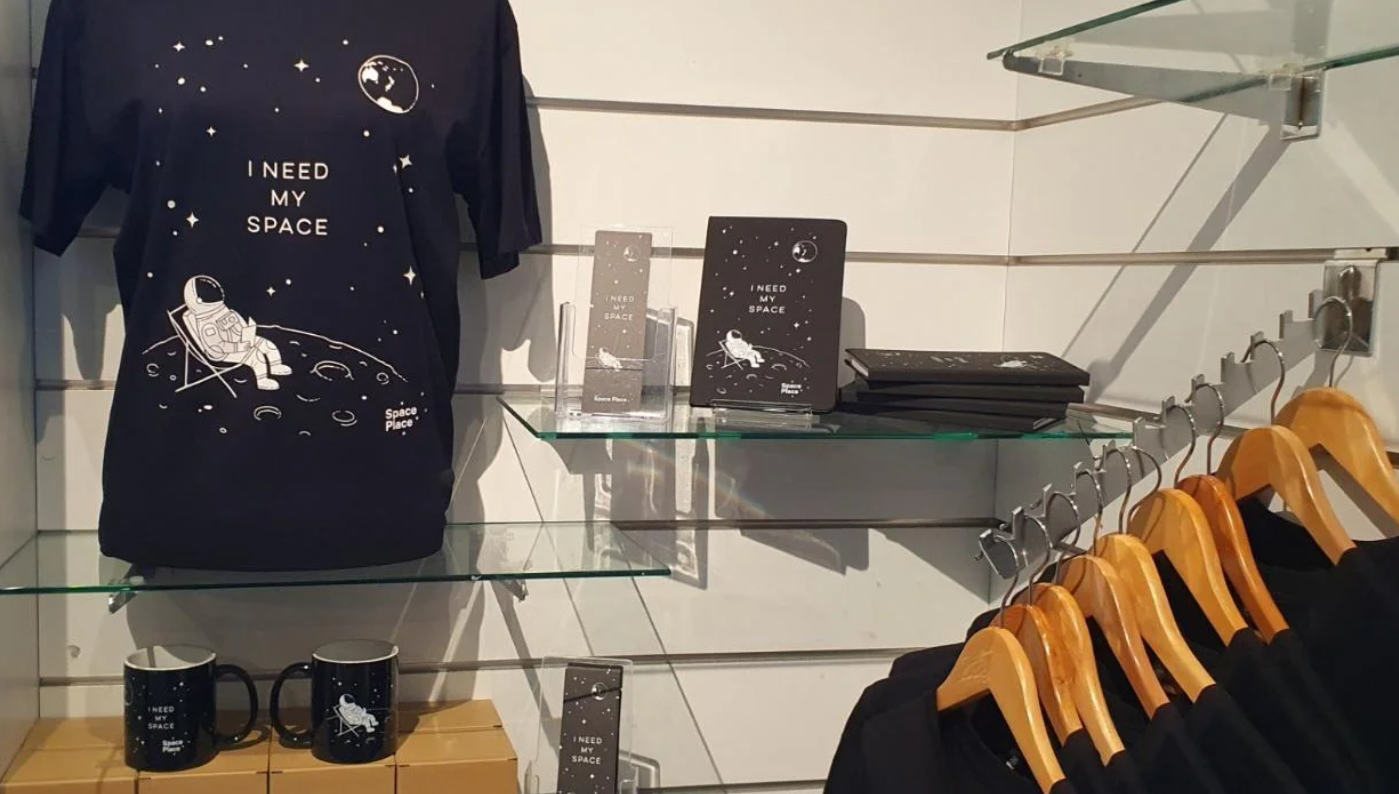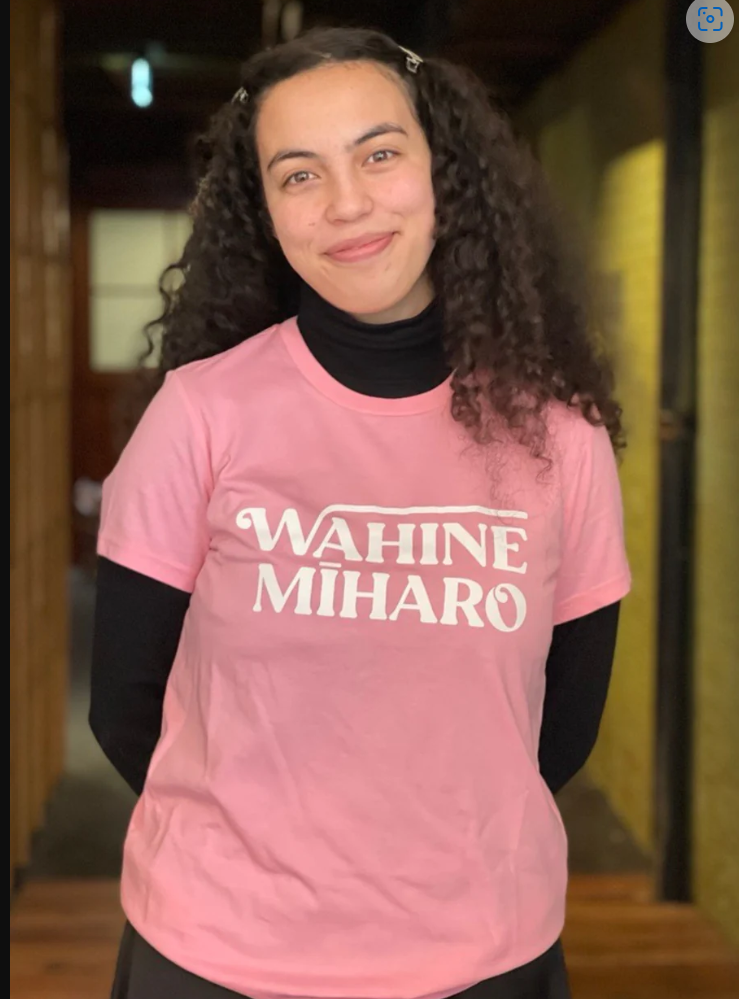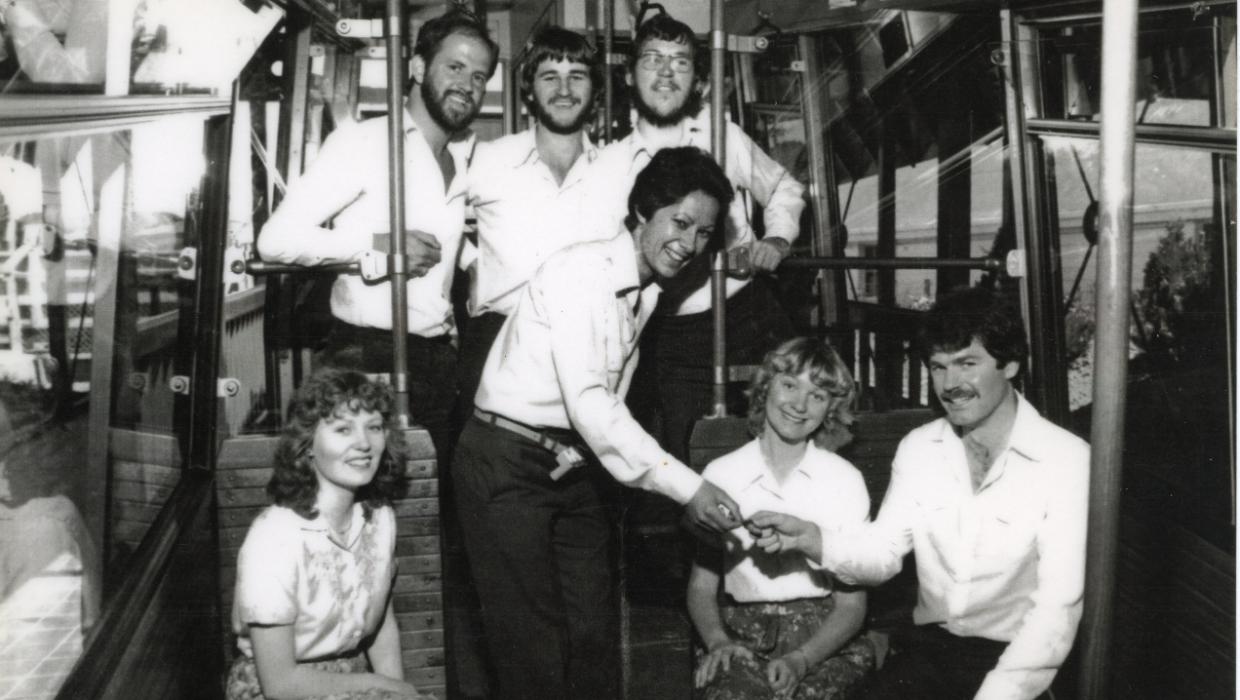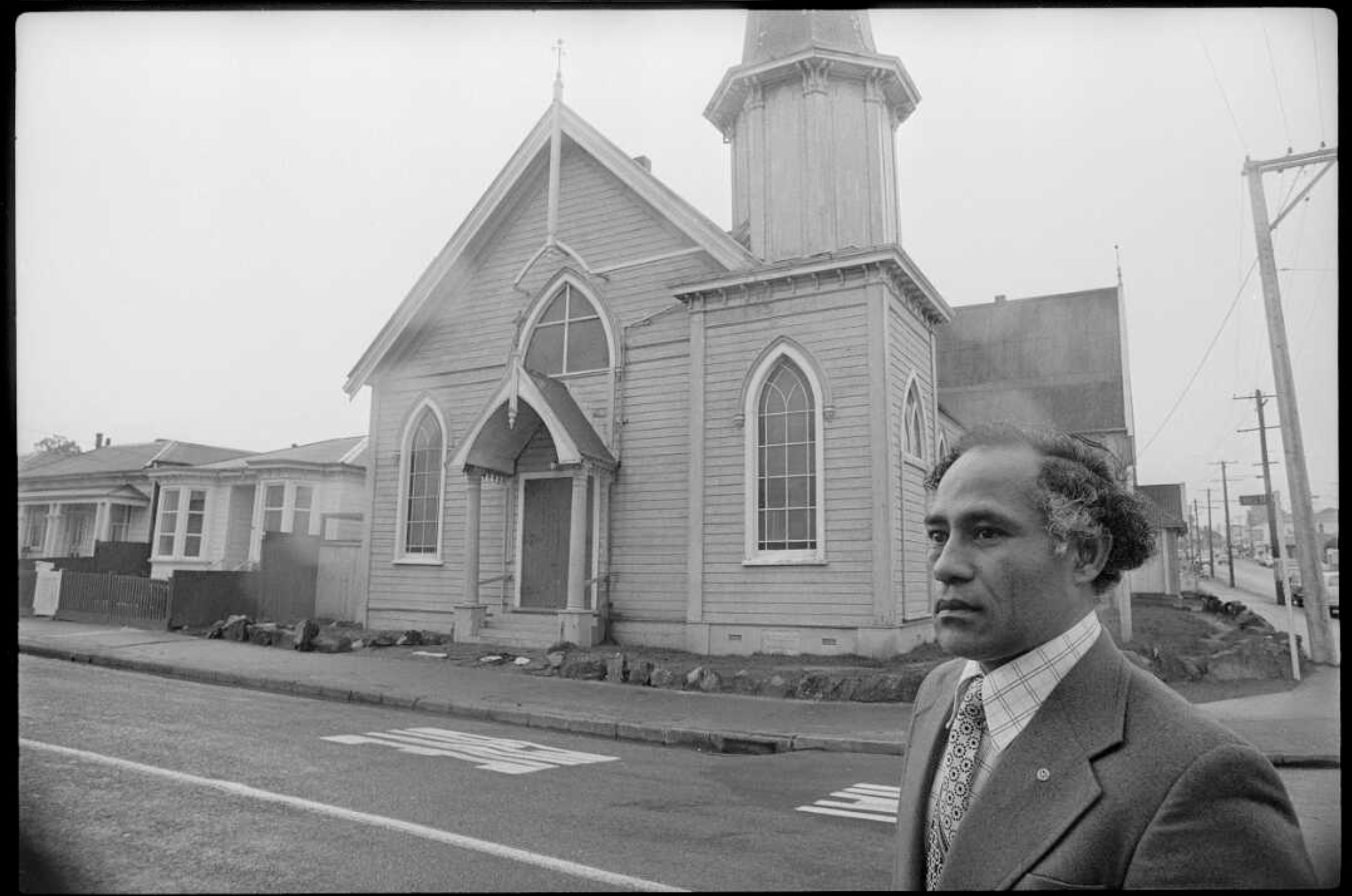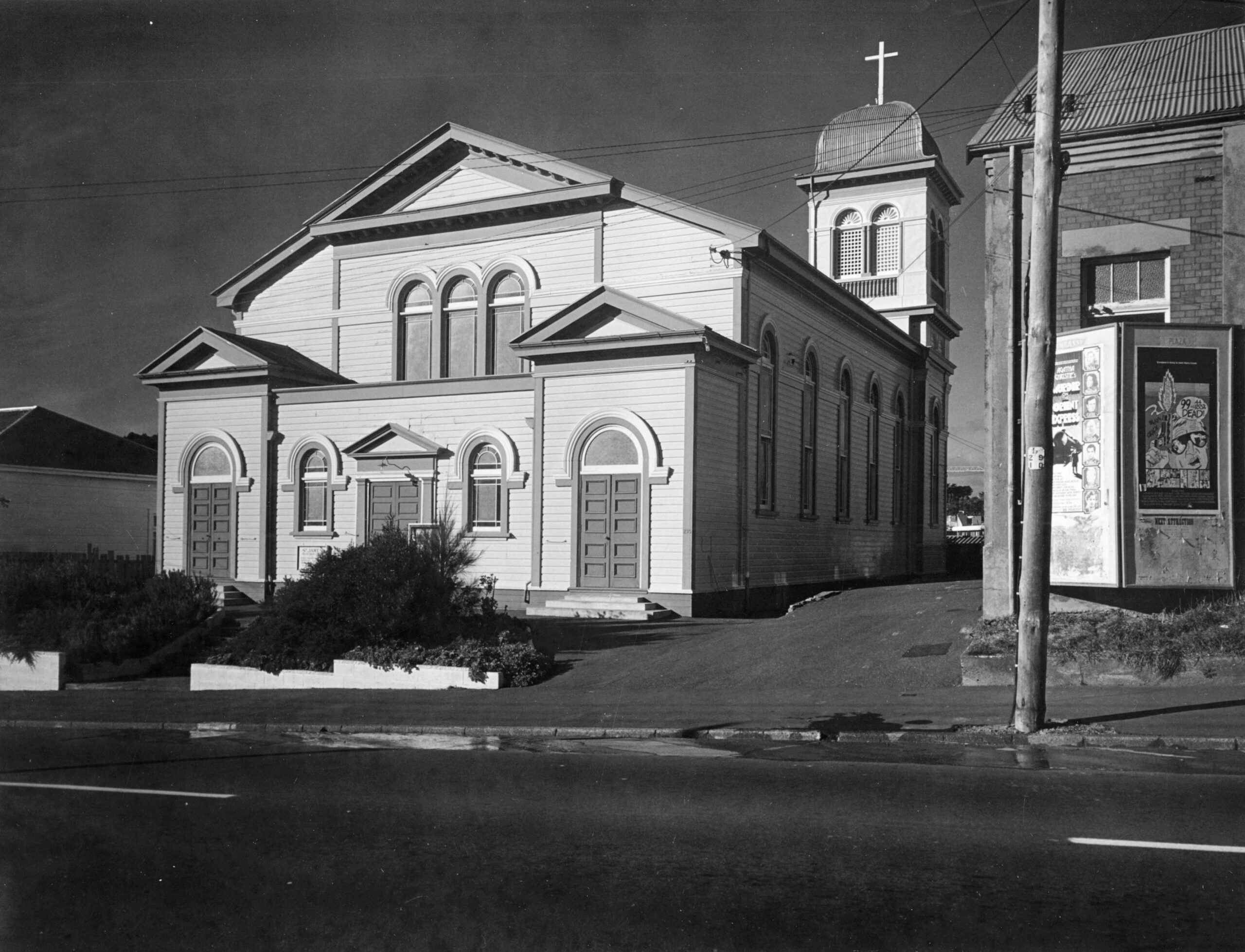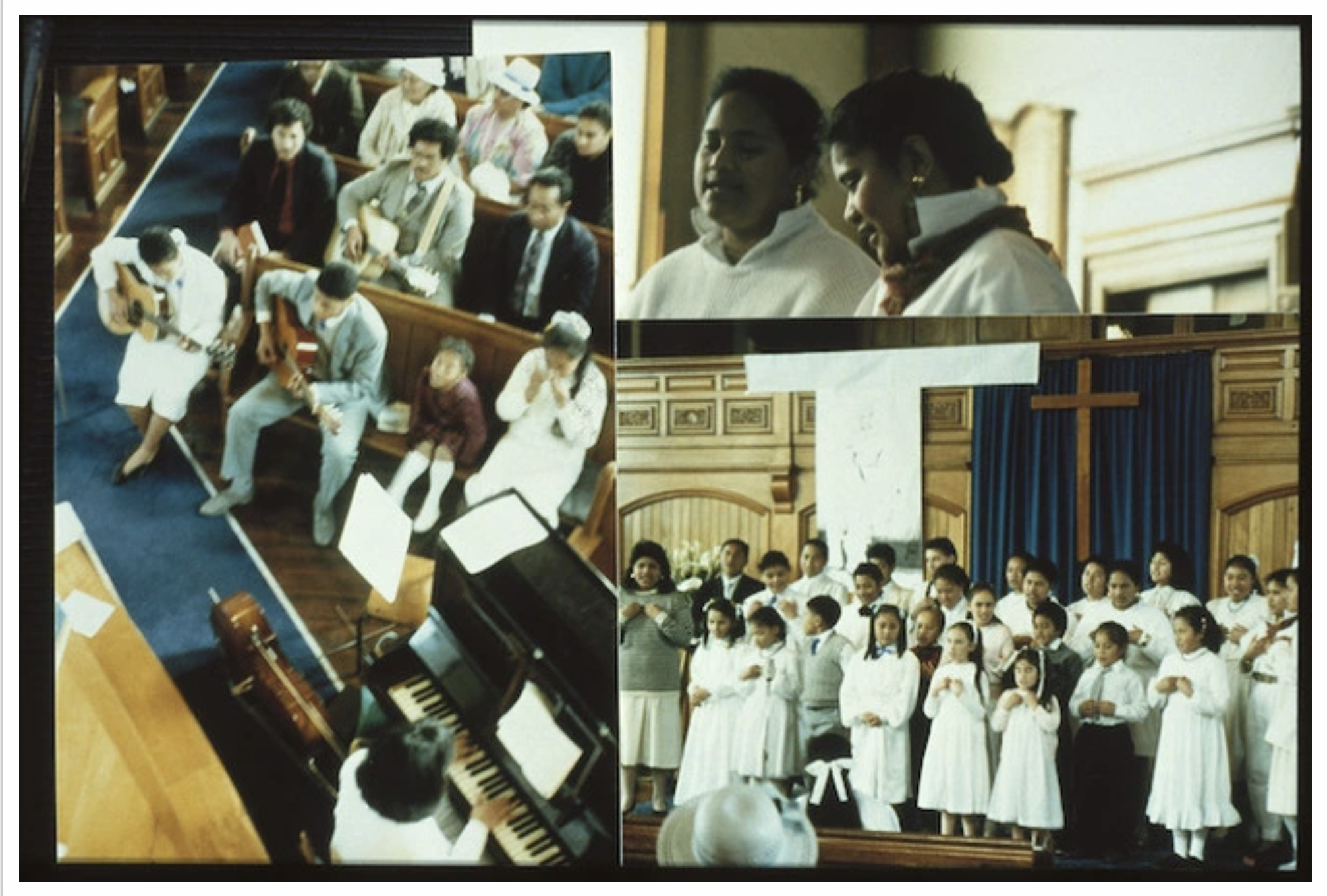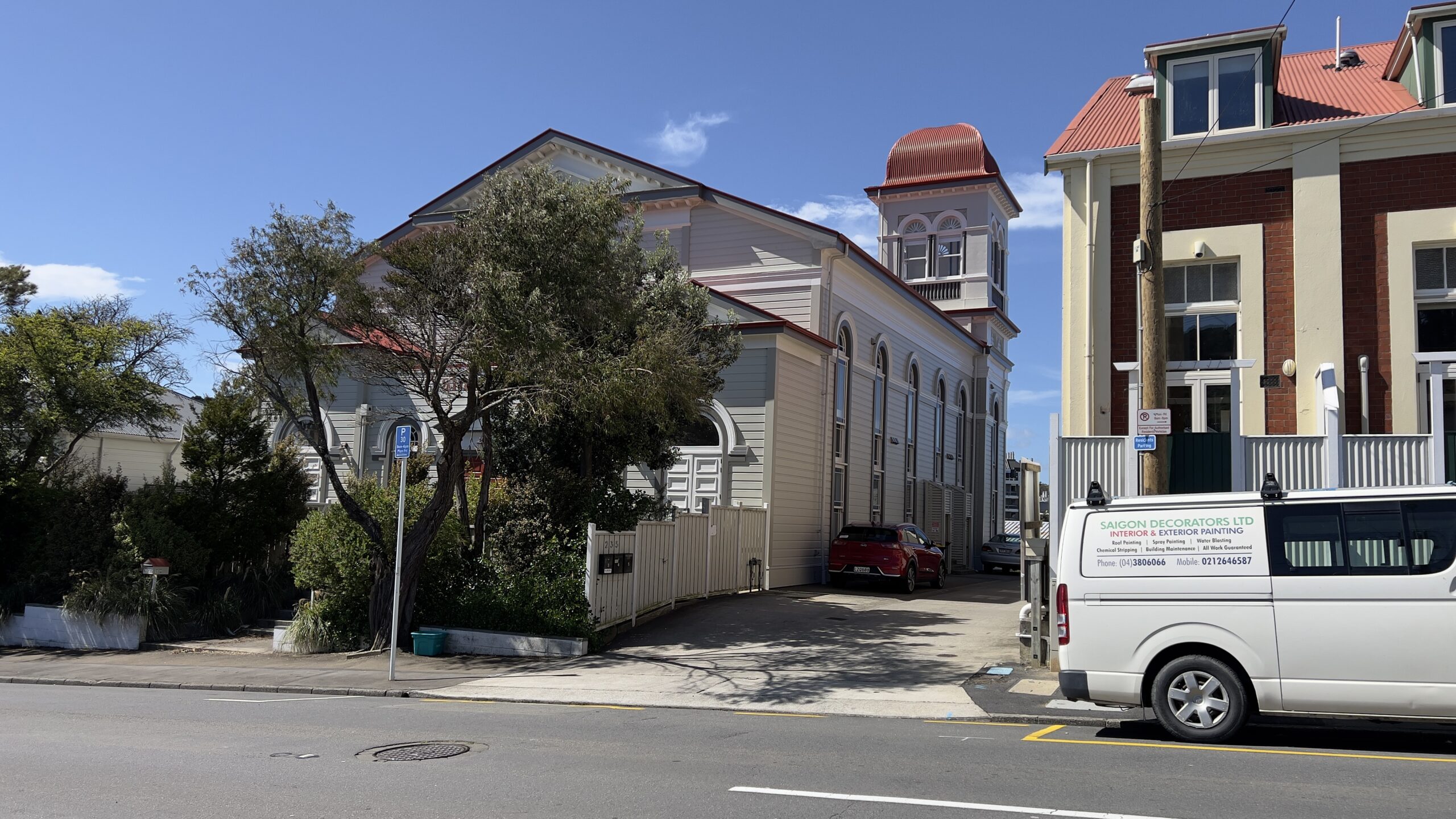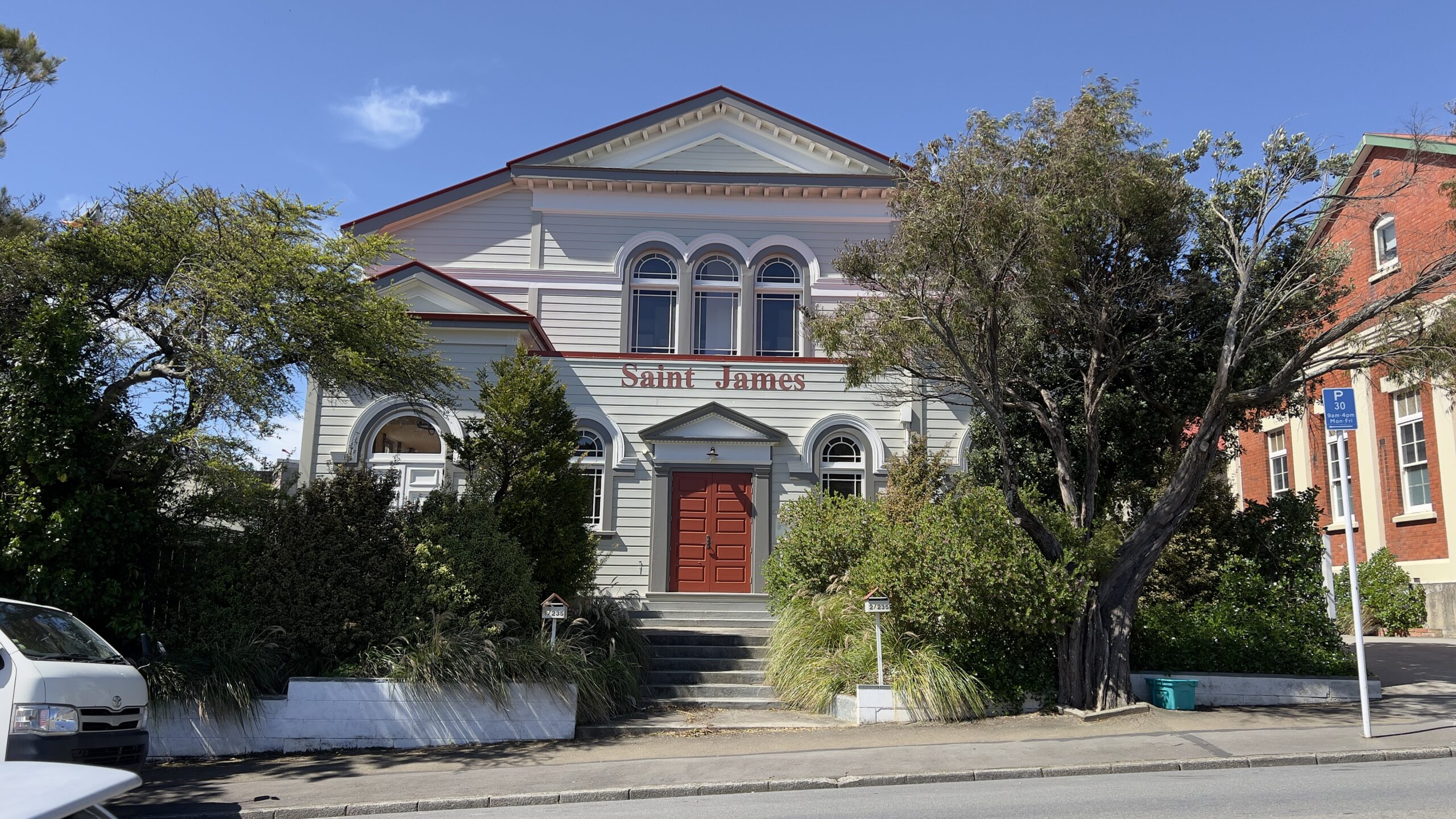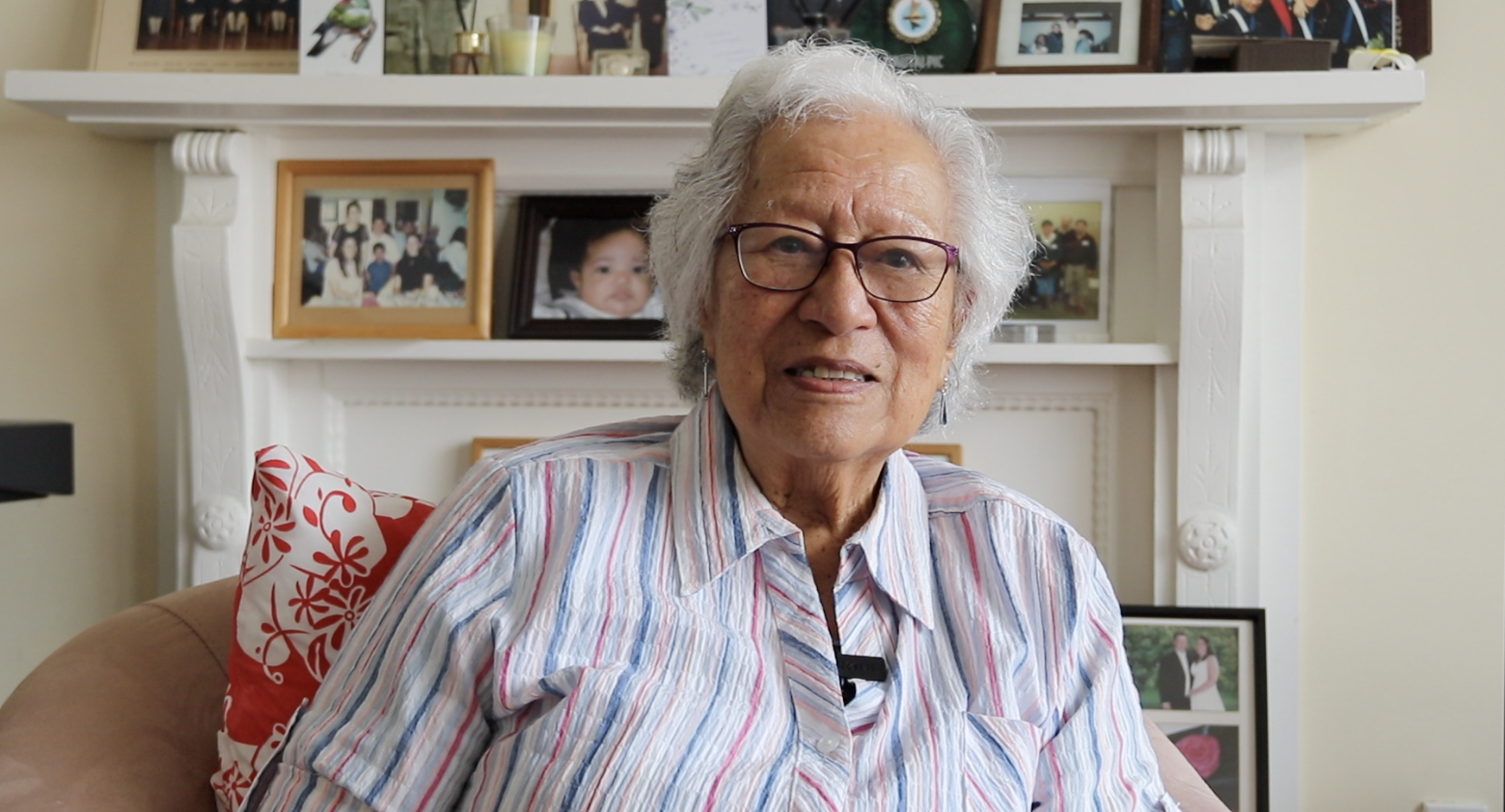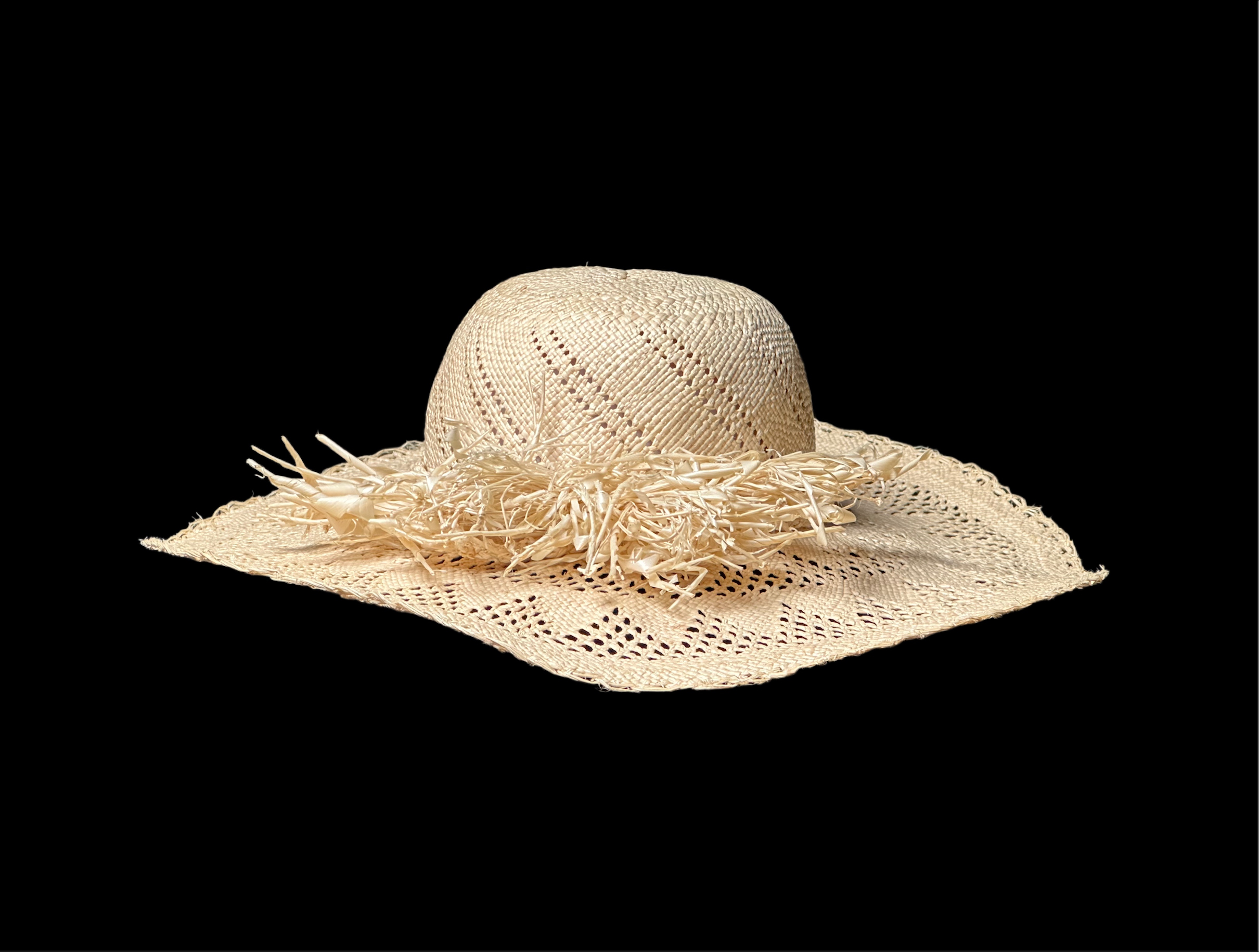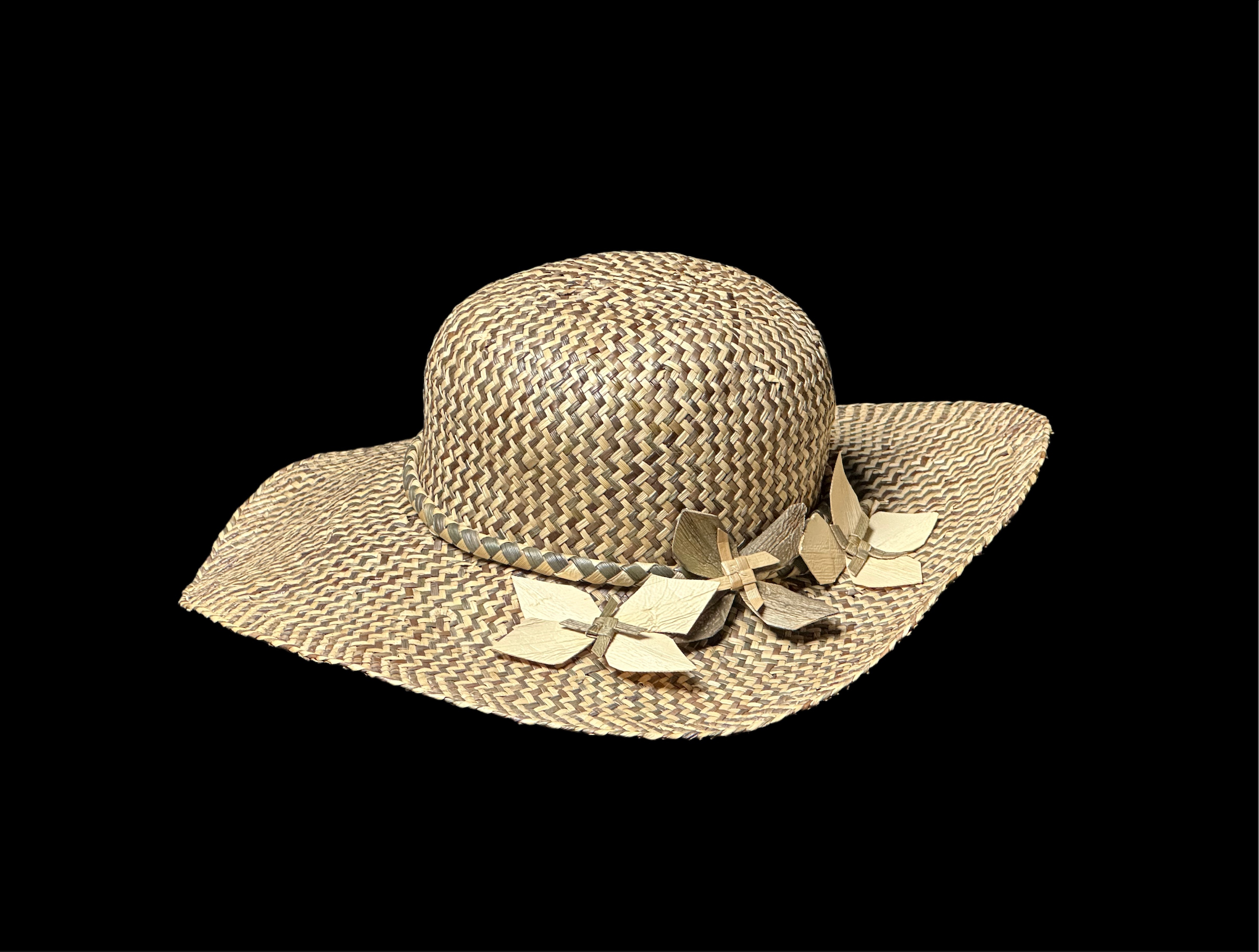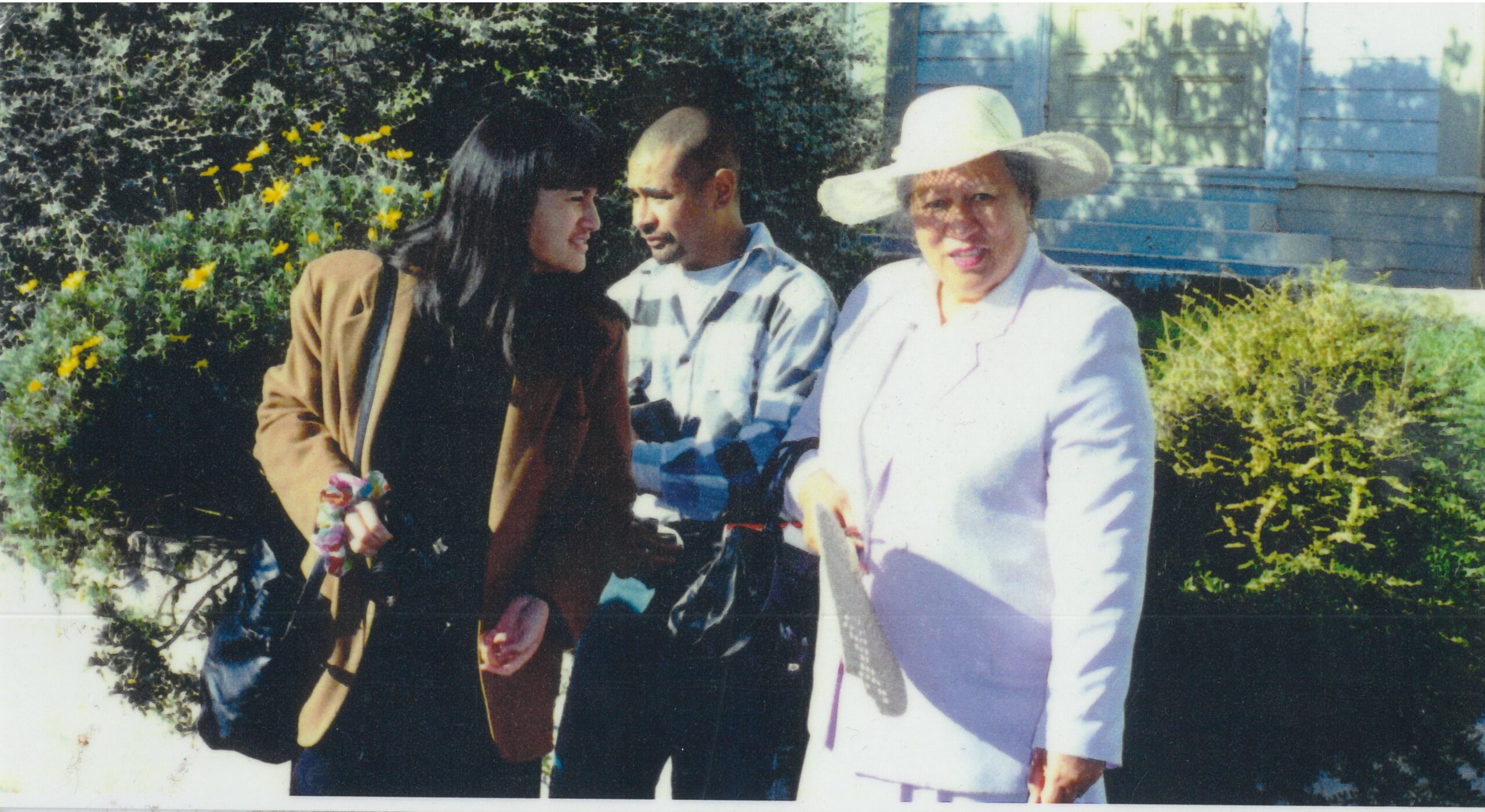I meet Kavi Jaz Faulkner-Ruka at a cafe in Tauranga and she hands me a soft black folder. Inside is a sweet piece of history – two photographs of her mother Lorrayne Ruka-Issac (Ngāpuhi) dressed in her cable car uniform, a retro illustrated coaster of one of Wellington’s famous red cable cars travelling up that steep incline and, sweetest of all, a calico cloth printed with an image of Lorrayne’s face, hand drawn koru motifs swirling around the edge of the fabric like a frame. On the cloth, the caption reads, “It’s me and damn, I’m good.” This cloth was a personalised leaving gift presented to Lorrayne in 1981 by the Kelburn Cable Car staff.
Ruka-Issac was the first woman funicular tram driver in New Zealand and damn, she was good at it.
“Mum said she loved driving the cable car. That was one of the best times in her life,” Faulkner-Ruka says, as sit at a table with her and her wife, Chucky, looking at Lorrayne’s old CV.
I am borrowing these irreplaceable items – the photos, the coaster, and the beautiful cloth – so I can feature Lorrayne’s story in a display I’m working on for the Cable Car Museum.
I ask them what the monetary value of the items is for my paperwork, and they laugh. “The wrath of hell!” Chucky says, so I write that down for the registrar.
The Kelburn Cable Car first started running in 1902 and the bright red cable cars have long been a symbol of the city. At the top of Kelburn hill, just next to the terminal, is the Cable Car Museum. We house two original cars, ‘Grip Car One” and Grip Car three’ plus the historic winding gear. The museum tells the story of the cable car’s technological innovation and evolution but, over the last few months, I’ve also been gathering personal stories and memories to bring this history to life.
“Being a woman trying to get into what was called then a man’s job it was more difficult for her— but she stood her ground. I was proud to be her daughter,” Faulkner-Ruka says.
In October 1979 Lorrayne and her brother Henry Ruka both worked for Wellington City Transport driving buses, but when the opportunity arose to apply for a job on the new ‘Swiss-made’ cable cars that replaced the old ‘red rattlers’, Lorrayne put her hat in the ring.
She went for the job and got it, much to the consternation of male colleagues. But Lorrayne took their resistance in her stride.
Chucky says: “The staff asked her to wear a skirt, but she said, ‘No, they all get to wear a suit and tie. I’m wearing a suit and tie’ so in the photos you can see she’s got a tie and her pants on. She did not want to be stereotyped by her gender.”
Cable Car drivers are ambassadors for the city and Lorrayne had a gift for customer service. She also loved music and on the Kelburn Cable Car she used to play music to her passengers. Her favourite bands included The Hi Marks, a Māori showband who put out two bestselling albums. Her brother jokes they owed their success to Lorrayne playing them on the Cable Car. The Hi Marks were whānau featuring Lorrayne’s uncles, Butch, Hayward, and George Ruka (alongside their nephew John.)
“She took her guitar everywhere,” Faulkner-Ruka says.
In 1981 Lorrayne left the Kelburn Cable Car for an overseas adventure. The New Zealand Herald and the New Zealand Woman’s Weekly both covered stories on Lorrayne as the first cable car driver. (I am still chasing those stories down!) Lorrayne continued to operate cable cars in the United Kingdom, Hong Kong, San Franciso, and Switzerland. She died in 2015.
Over the phone, Lorrayne’s older sister Mere Nakare, based in Blenheim, tells me, “I always knew my sister was a part of history.”
Lorrayne’s story will be featured in newly refreshed displays at the Cable Car Museum.
If you have any memories of Lorrayne, recognise any of the staff in this photo or have other memories of the Kelburn Cable Car you’d like to share, please get in touch. I’d love to hear from you.












